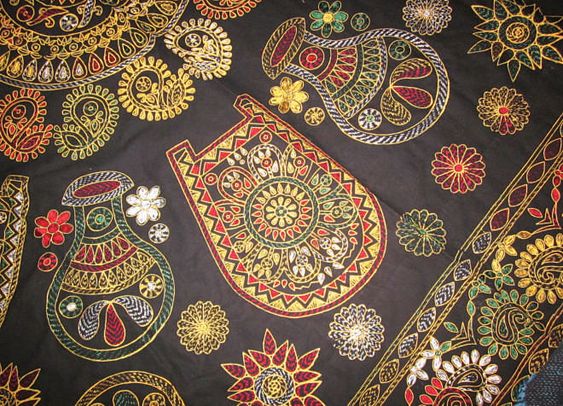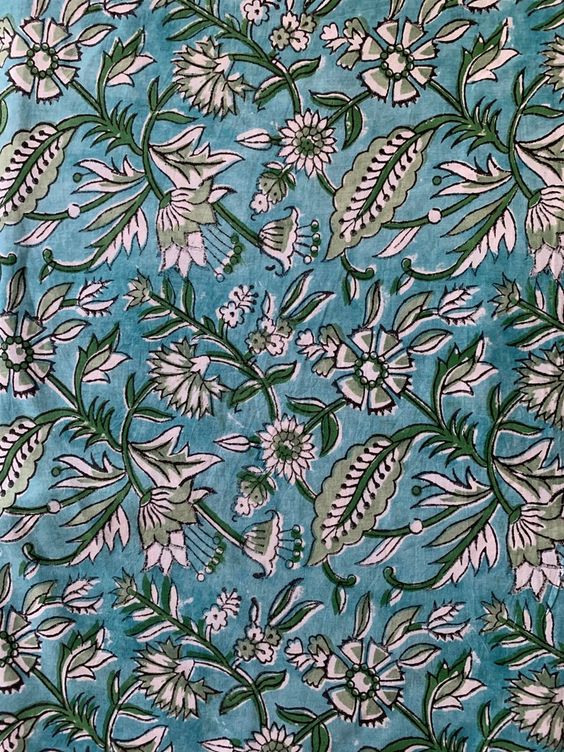Welcome to Bangladesh’s thriving textile industry, a kaleidoscope of color, culture, and artistry! Bangladesh, a country in the center of South Asia, is well known for its long history of textile manufacture. This nation has a kaleidoscope of fabrics, from the complex designs of Dhaka muslin to the vivid hues of Jamdani sarees, that reflect its past and captivate the world with their exquisite design and craftsmanship. Come along on a trip as we explore Bangladesh’s incredible array of textiles and fabrics, which have knitted themselves into the very fabric of the country’s character.





Weaving Through Time – a step back
Bangladesh’s rich tapestry of fabrics takes us on an engrossing tour of the country’s long history of textile artistry. Every thread in the history of Bangladeshi textiles is braided with cultural importance, from the time-honored tradition of making Dhaka muslin, known for its exquisite delicacy, to the subtle appeal of Jamdani weaves.



Kaleidoscope of Fabrics and Textile
The textile landscape of Bangladesh is a mesmerizing kaleidoscope of fabrics and textiles that depict a culture rich in history, innovation, and workmanship. This South Asian treasure is home to an astounding variety of textiles, each appealing and meaningful.
- Polyester
- Crêpe
- Jersey
- Muslin
- Jamdani
- Percale
- Brocade
- Chiffon
- Khadi
- Tant sari
Jamdani: “A Timeless Tradition”
Bangladeshi jamdani sarees are renowned for their complex and creative designs and are a traditional handwoven material. They are among the world’s best and most opulent varieties of muslin cloth and are initially from Persia. These sarees are made with a time-consuming weaving method and are light and gossamer-like, making them perfect for warm conditions. They are highly treasured because of their exquisite craftsmanship, artistic value, and cultural relevance. Jamdani sarees are elegant and traditional garments that are worn on important occasions. Bengal’s rich cultural heritage has been braided with this exquisite art form for generations, with artists painstakingly creating motifs and designs by hand.
The exquisite sarees made from delicate threads represent class and tradition. More than just a cloth, jamdani is a living tradition passed down through the years and captures the fervor and pride of the Bengali people. Its ongoing popularity demonstrates the craftsmanship’s expertise and the region’s strong ties to identity, culture, and art.
Block Printing
Bangladesh has a long-standing textile history of block printing that is still thriving today. Skilled artisans meticulously carve wooden blocks with elaborate designs. These blocks are dyed with colorful, eco-friendly colors and pressed onto textiles. This time-consuming procedure’s distinctive, handmade textiles have a profound cultural legacy. Block printing creates sustainable, ethical fashion options for consumers who value the artistry and workmanship behind each garment while also preserving tradition and empowering local communities.
Embroidery – Nakhshi Katha
Nakhshi Katha is a prime example of the significance of embroidery in Bangladeshi culture. These antique quilts include beautiful, vibrant hand embroidery that frequently depicts rural life, folklore, and historical occasions. Nakhshi Katha is more than just a skill; it is a style of storytelling that has been passed down through the years and reflects the nation’s rich history. These exquisitely embroidered items showcase the craftsmanship and ingenuity of Bangladeshi women and are helpful and prized works of art.





Dazzling Diversity in Fashion
Bangladesh’s fashion sector is expanding, and its foundation is rooted in a long history of distinctive fabrics and cultural significance. The dazzling diversity of the nation is reflected in the sartorial scene, with a profusion of indigenous fabrics garnering interest on a worldwide scale. Bangladesh provides a variety of fabrics that have weaved their way into high design, from the opulent
- Rajshahi silk
- Dhaka muslin
- Mulberry silk
- Lotus silk
- Raw silk
The meticulous handwork of Bangladeshi craftsmen and the natural colors produced from indigenous flora provide an exceptional touch to these textiles. Bangladesh’s fashion industry embraces its traditional methods and eco-friendly materials, offering a novel perspective on contemporary fashion in a world that values ecology progressively more. Bangladesh is emerging as an excellent fashion powerhouse to keep tabs on because of its distinctive fusion of cultural history and contemporary trends.

The textiles and fabrics of Bangladesh are a monument to the country’s rich tradition and artistic talent. It has decorated its people with exquisite designs and vivid hues, as well as graced runways throughout the world. This lasting history of workmanship weaves a lovely tale of innovation and tradition, inspiring and influencing worldwide fashion.
Resources:
April 30, 2019, Lauren K. Lancy Founder, Design Consultant et al., ”Stunning Details: Spotlight on the Handmade Textiles of Bangladesh” https://thekindcraft.com/handmade-textiles-bangladesh/
UNESCO – “Traditional art of Jamdani weaving” https://ich.unesco.org/en/RL/traditional-art-of-jamdaniweaving00879#:~:text=Jamdani%20is%20a%20vividly%20patterned,finished%20garments%20are%20highly%20breathable.
Textiles Arts of Bangladesh, Wikipedia https://en.wikipedia.org/wiki/Textile_arts_of_Bangladesh
February 25, 2019, The Daily Star, “Stitched in time: The saga of Nakshi Kantha https://www.thedailystar.net/supplements/28th-anniversary-supplements/deshi-first/news/stitched-time-the-saga-nakshi-kantha-1705285
September 02, 2023, Paper and Stitch, Block Printing 101: How to Block Print Fabric https://www.papernstitchblog.com/how-to-block-print-fabric/







